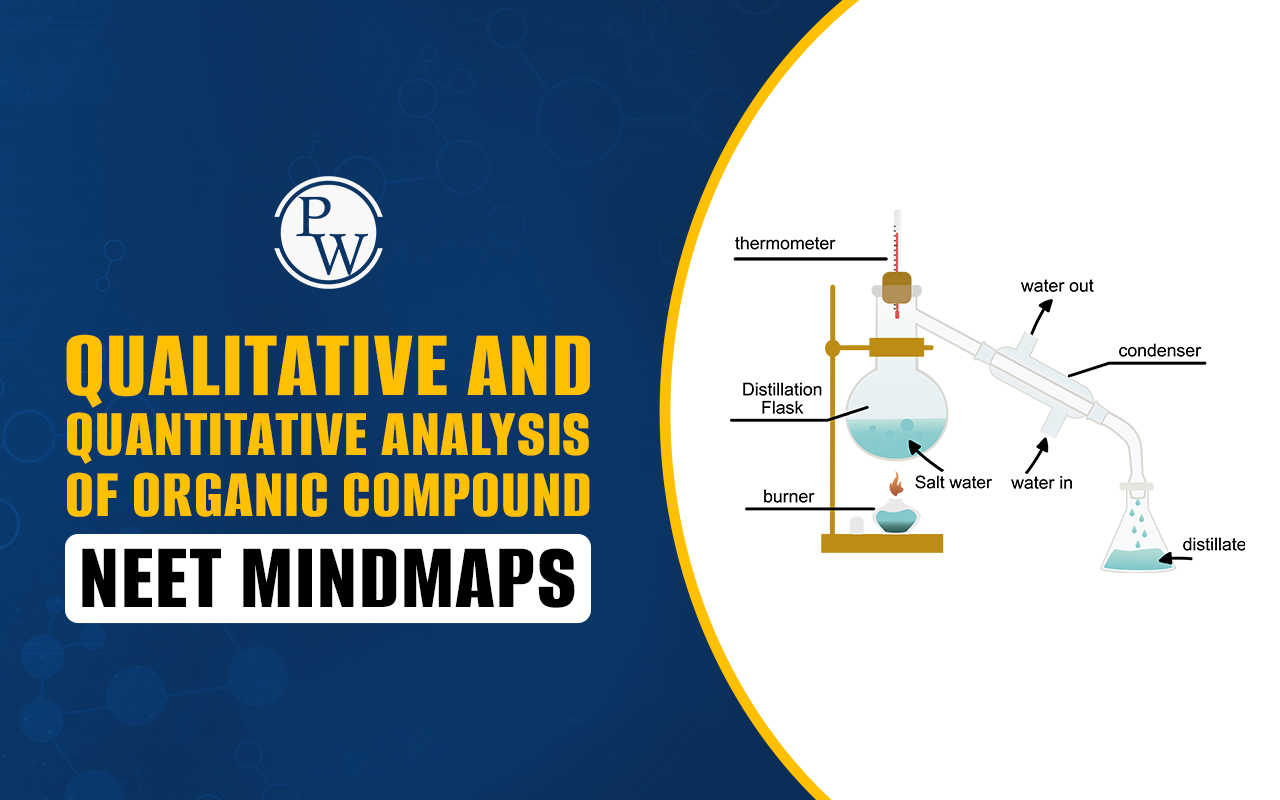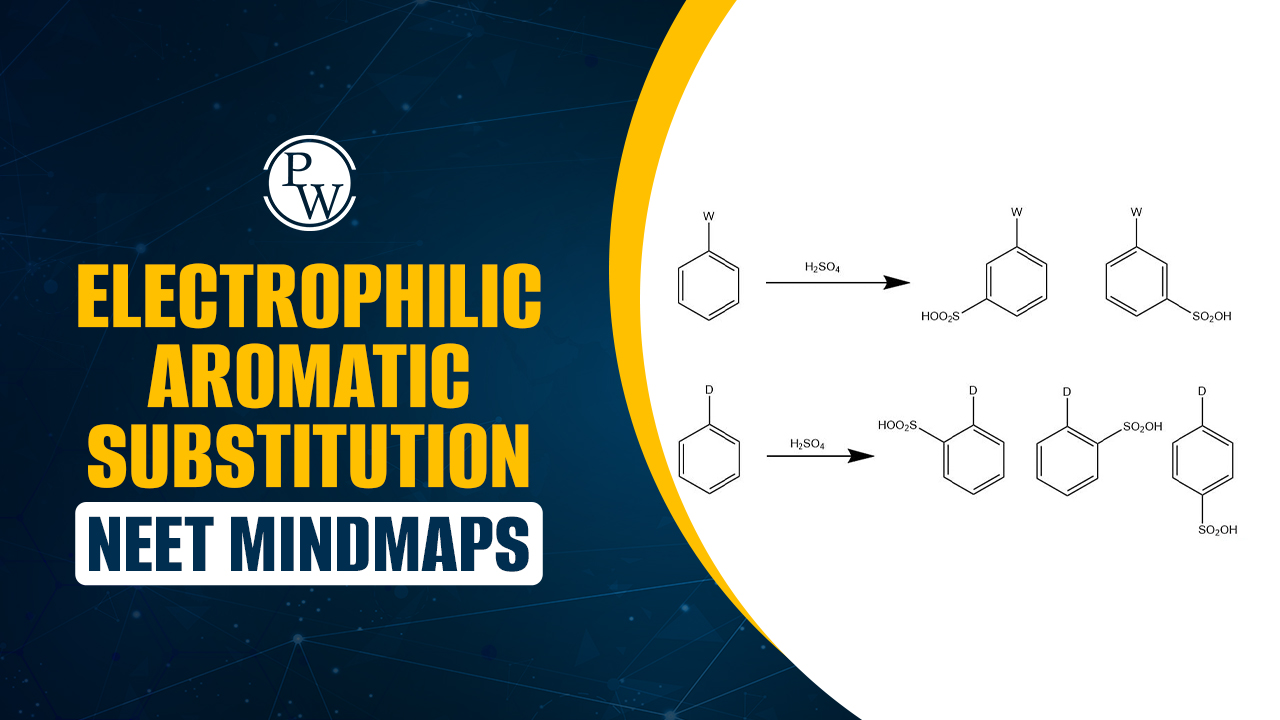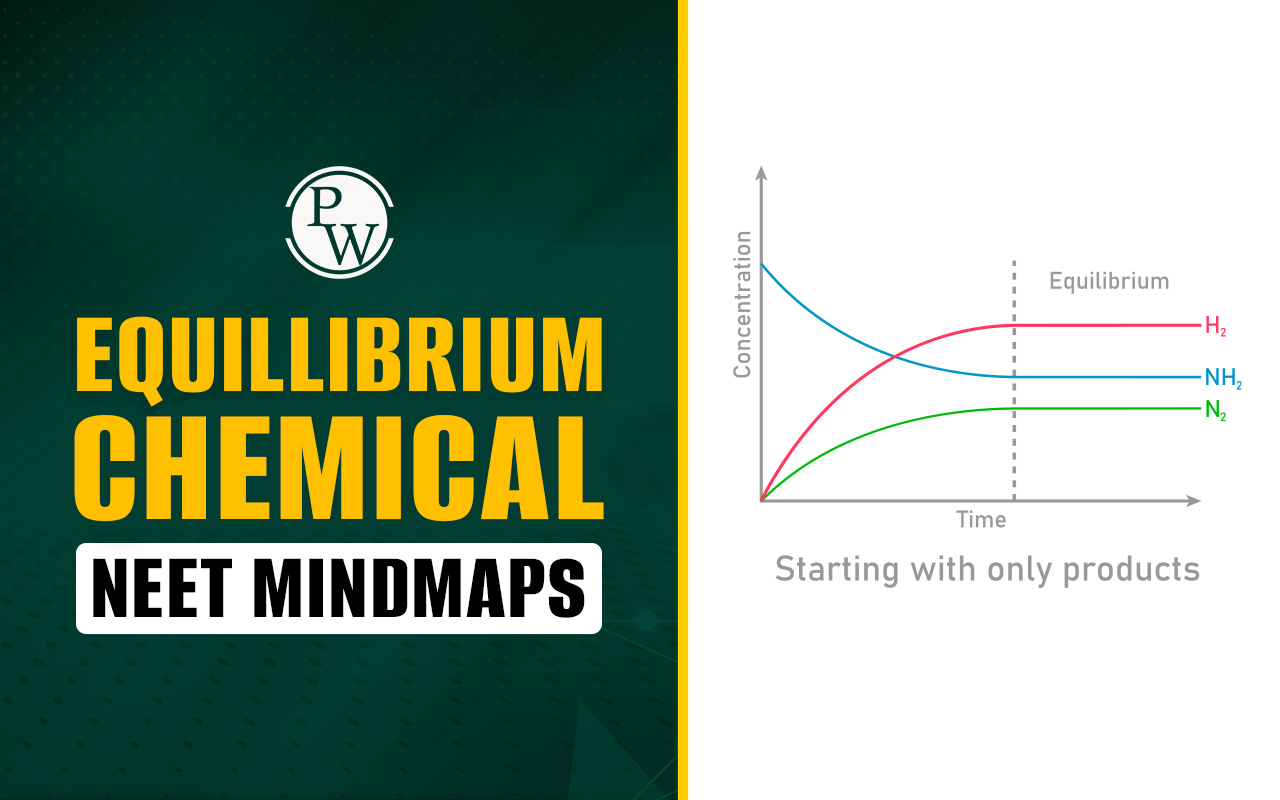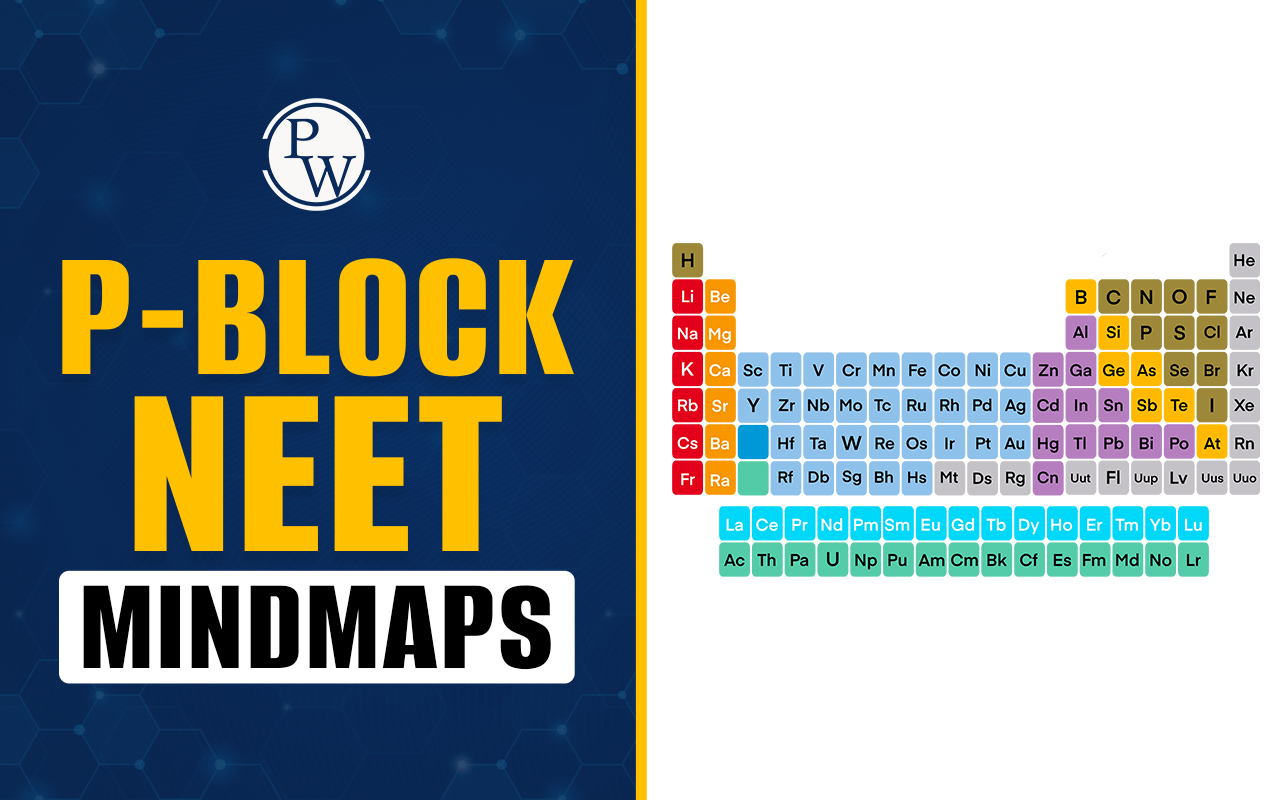
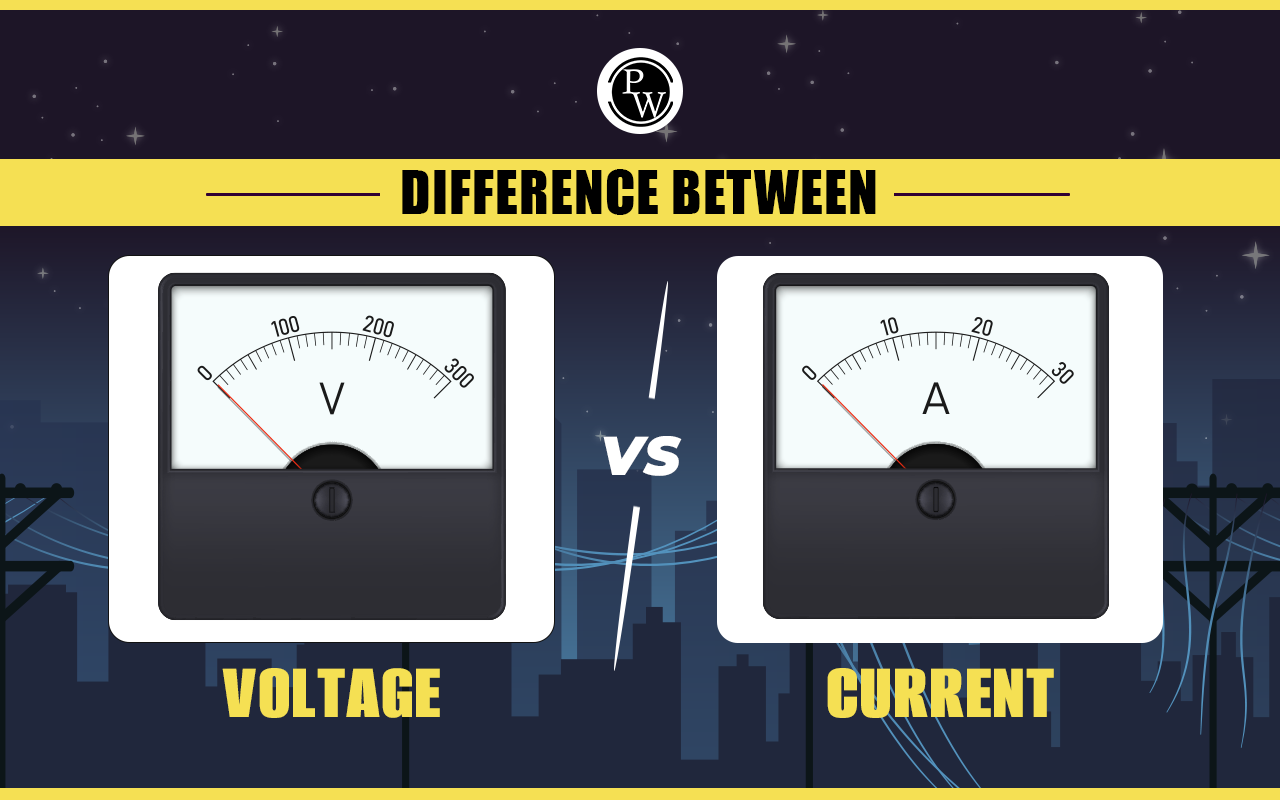
Difference between Voltage and Current : In the field of electricity, voltage and current are basic ideas that are essential to comprehending and explaining the behavior of electrical circuits. The electric potential difference between two points is known as voltage, and it is expressed in volts. Voltage is what drives electric charges through a circuit.
| NEET Physics Syllabus | NEET Physics Important Questions with Answers |
| NEET Physics Chapter wise Weightage | NEET Physics MCQs |
| NEET Physics Notes | NEET Physics Formulas |
The flow of electric charge within a circuit, on the other hand, is measured in amperes and represents the speed at which electrons travel through a conductor. Ohm's Law, which describes the relationship between voltage, current, and resistance, illustrates the complex relationship between these two electrical parameters. Anyone studying electrical systems and devices or working with them in a practical setting needs to have a firm grasp of the differences between voltage and current
What is Voltage?
It is a basic electrical quantity that shows the electric potential difference between two points in a circuit, known as voltage and it is frequently represented by the letter "V." It is the force responsible for the electric current's flow. Simply, Voltage is the electrical pressure that drives charged particles (Electrons) through a conductor like a wire. The volt (V) is the unit of measurement for voltage. An electric current is created when there is a potential difference between the positive and negative terminals of a voltage source and the circuit is closed, providing a path for electrons to flow through. When creating and evaluating electrical circuits and systems, an understanding of voltage is essential.What is Current?
Current is like the flow of electricity in a circuit. It is the flow of electric charges through a conductor, such as a wire, most often electrons. Picture it as the actual movement of water in a river. The rate at which the water flows is analogous to the current in an electrical circuit. Ampere (A) is the unit used to measure current. The flow of electric charges that occurs when a switch is turned on is referred to as current. Thus, the "flow" of electricity that drives our gadgets and illuminates our surroundings is known as the current.SI Unit of Current
The unit of measurement for current in the SI (International System of Units) is the ampere, or simply "A." The symbol for current is usually represented by "I"SI Unit of Voltage
The SI unit of voltage is the volt, abbreviated as "V" The letter "V" is frequently used in equations and circuit diagrams to represent voltage.Formula of Voltage
Ohm's Law describes the relationship between current (I), voltage (V), and resistance (R) in an electrical circuit. Ohm's Law is expressed by the formulaV = I R
Where: V is the voltage (in volts), I is the current (in amperes), and R is the resistance (in ohms).Formula of Current
In the context of Ohm's Law, the third value can be calculated if you know any two of these values. In addition, the following formula is used to calculate electric current (I) in terms of charge (Q) and time (t)I = Q/t
Where, I is the current (in amperes), Q is the electric charge (in coulombs), and t is the time (in seconds). These formulas are fundamental in understanding and working with electrical circuits.Difference Between Voltage and Current
The Difference Between Voltage and Current gives an important understanding to the NEET aspirants, this will help them while solving physics numerical problems. Get glimpses based on various parameters.| Difference Between Voltage and Current | ||
|---|---|---|
| Parameter | Voltage | Current |
| Definition | Electrical potential | The flow of electric charge |
| Symbol | V | I |
| Measurement Unit | Volts (V) | Amperes (A) |
| Type of Quantity | Scalar | Vector |
| Causes | Potential difference | Electromotive force |
| Measured by | Voltmeter | Ammeter |
| Connection in a Circuit | Across components | Through components |
| Effect on a Conductor | Causes current flow | Causes voltage drop |
| Dependency | Independent of current | Depends on the resistance of the circuit |
| Work Done | Work is done when a charge moves | No work is done by the current |
Application of Current and Voltage
Electricity's basic concepts of current and voltage have numerous applications in a wide range of technologies and commonplace objects. The following are a few typical uses:Powering Electronic Devices - Electronic devices like laptops, tablets, and smartphones require current and voltage to function. These devices need current to flow to function, and voltage is supplied by batteries or other power sources.
Lighting - When voltage is applied to an LED or bulb in a lighting system, the resulting current flow generates light. This is evident in incandescent bulbs, fluorescent lamps, and LED lights.Electric Motors - The relationship between current and magnetic fields drives the operation of electric motors. The torque is determined by the current, and the speed is determined by the applied voltage. Fans, refrigerators, and washing machines are just a few of the appliances that use this extensively.
Heating Appliances - Electric stoves, water heaters, and toasters are a few appliances that use current for heating purposes. These devices heat up when current passes through them because of their resistance.Electronics and Circuitry - The binary values (0 and 1) in digital systems are represented by voltage in electronic circuits. Electronic devices such as computers and microcontrollers are made possible by the flow of current through their circuits.
Medical Devices - Various medical devices, such as electrocardiograms (ECGs), use current to monitor and record electrical signals in the body. Voltage is applied to electrodes, and the resulting current provides information about heart activity. Communication Systems - The roles of voltage and current are critical in communication systems. For example, in telecommunications, voice signals are represented by voltage, and their transmission through wires or optical fibers is facilitated by current.Difference between Voltage and Current FAQs
What is the fundamental difference between voltage and current?
How are voltage and current related in a circuit?
What role does voltage play in electrical circuits?
How does current contribute to the operation of electrical devices?
Can voltage exist without current or vice versa?






